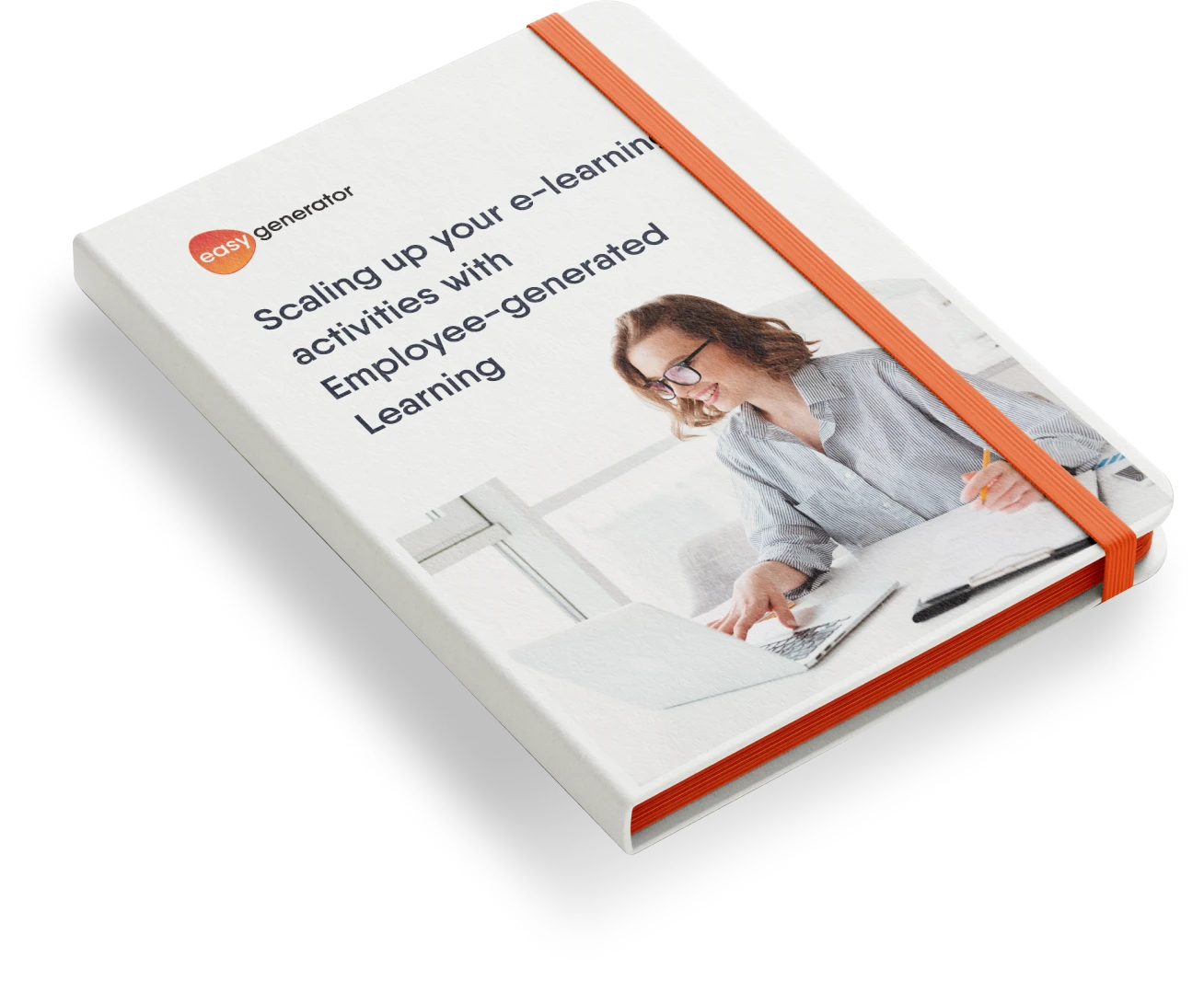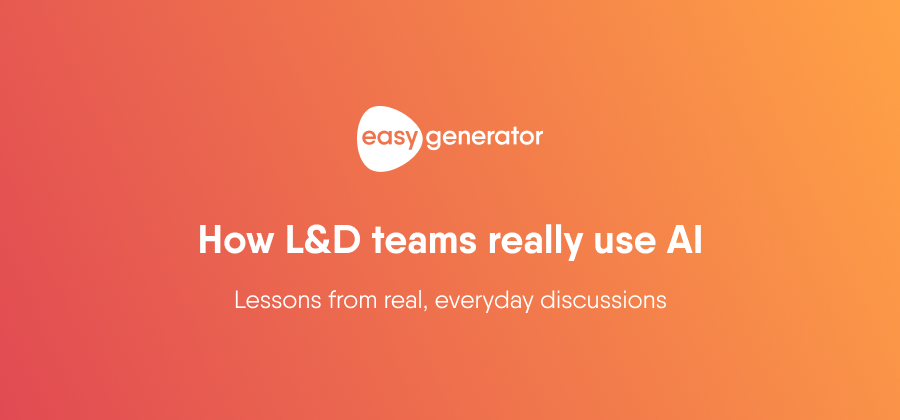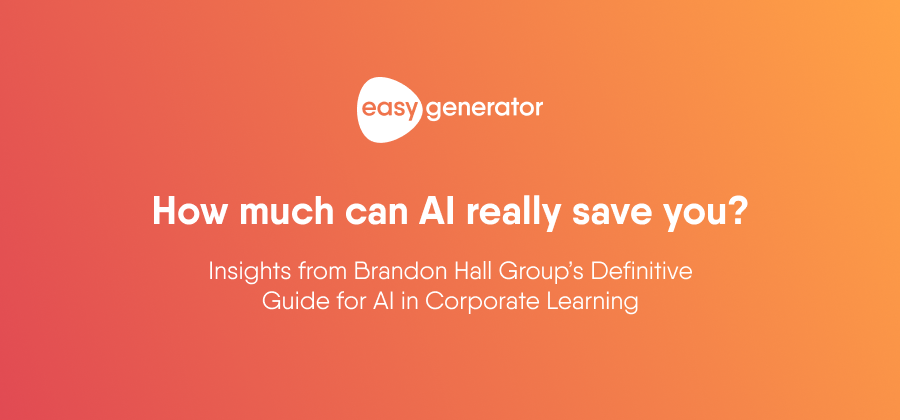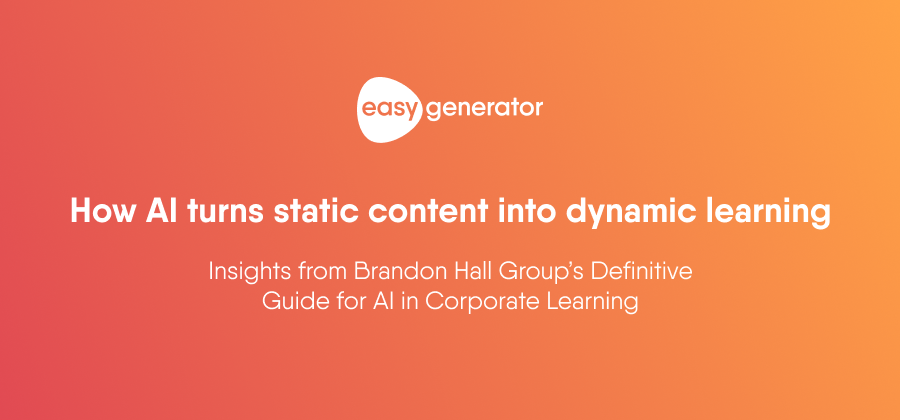What is content curation in L&D and how to use it?
In any organization, the Learning & Development team plays a crucial role in keeping up the knowledge currency, which includes content curation. We’ll explore the meaning of content curation, the multiple benefits it brings stakeholders, and some tools you can use to get started.

What is content curation?
What exactly does content curation mean? Essentially, it’s the technique of gathering existing information and presenting it in a concise, accessible, and relevant form for the user. Content curation in learning is an exercise that targets learners’ needs by discovering, organizing, and filtering information to assemble meaningful and relevant content.
As communications expert Robin Good once said, “in times of information super-abundance, people start to look for, and appreciate, the contribution from a trusted, expert guide who can provide them with ‘intellectual binoculars’.”
In learning and development, content curation can serve as the ‘intellectual binoculars’ Good is referring to.
Why is content curation important?
When we search for data on a particular subject, the internet returns multiple options. Content curation can help us navigate the noise and choose the right option. To be specific, here are key benefits that highlight why content curation is important for any L&D program:
-
Focuses on relevant information
By focusing on and aggregating only the relevant information, your audience won’t have to search through multiple sources. Instead, you help ensure they find exactly what they’re looking for quickly.
-
Saves time and resources
In e-learning, content curation means that all learning content is already filtered and optimized for the user, so L&D won’t need to spend any more time creating or finding the right content. This saves the organization a lot of time and energy.
-
Encourages continuous learning
Curators will enrich the content with their input, for example, by adding some context to each of the curated pieces to inform learners. This helps learners understand where and how to apply the curated resources to their work, which enables continuous learning — a form of informal learning or self-directed learning.
-
Empowers experts and learners alike
Along with enabling the learners, it also empowers the experts. By filtering irrelevant content and adding their own context to it — as opposed to random sharing — they deepen their own understanding of the topic.
-
Enhances productivity and performance gain
And with less time spent on creating and search for learning content, curation also increases productivity for everyone involved — from learners to curators.
Content curation strategies
Successful content curation is based on the following strategies:
- Identifying relevant and up-to-date sources
- Aggregating useful information into focused sections
- Filtering the collected information based on the latest trends
- Combining material from different sources to create a fresh perspective
- Organizing the content into a customized, made-to-order curriculum
However, before you can start curating content, there are some important content curation best practices you should keep in mind:
-
The target audience
One of the most important strategies to focus on is offering the right content for the learner. This starts by knowing who your target audience is and what their specific needs are. We recommend identifying your learning objectives first, which will help streamline the learning content curation process.
-
A balance between quality and quantity
A high volume of low-quality content is as useless as a low volume of high-quality content. Employees often feel like training sessions are difficult or boring — not because they lack content but because there may be a lot more than needed. When there’s an information overload, employees spend more time sifting through it and identifying valuable points instead of absorbing them from the start.
-
Platform compatibility
Save time by creating and curating learning content that’s compatible with multiple platforms. It also helps to create content that can benefit different audiences with only a few minor tweaks. That means you’ll only need to focus on keeping your existing content up to date rather than creating the same content from scratch again. Archiving resources for re-use later is also a good practice.
Content curation tools
Content curation has become less complicated and time-intensive. There are now multiple e-learning content curation tools that simplify the manual work of collecting and sharing information with learners.
A content curation tool is an application or software that makes the process of collecting relevant content easy. These tools offer content curation features, which are L&D-focused, marketing-based, or even social media aligned. Some of these are:
- Anders Pink
- Evernote
- Scoop.it
- Feedly
- Elink.io
- Curata
Using the right tool, your organization can spend less time preparing content and more time delivering value.
Curate your content with Easygenerator
With L&D as its core competency, Easygenerator is an intuitive e-learning software that helps create and design courses. As an easy-to-use authoring tool, it enables collaboration and the creation of interactive content. Using the Curation feature of the authoring tool, e-learning experts or subject matter experts can easily gather and present a group of resources in a purposeful way.
Curating content is about more than just saving time. By filtering through the abundance of information out there, you can present your learners with a personalized and relevant experience in a way that generic, off-the-shelf content can’t.




